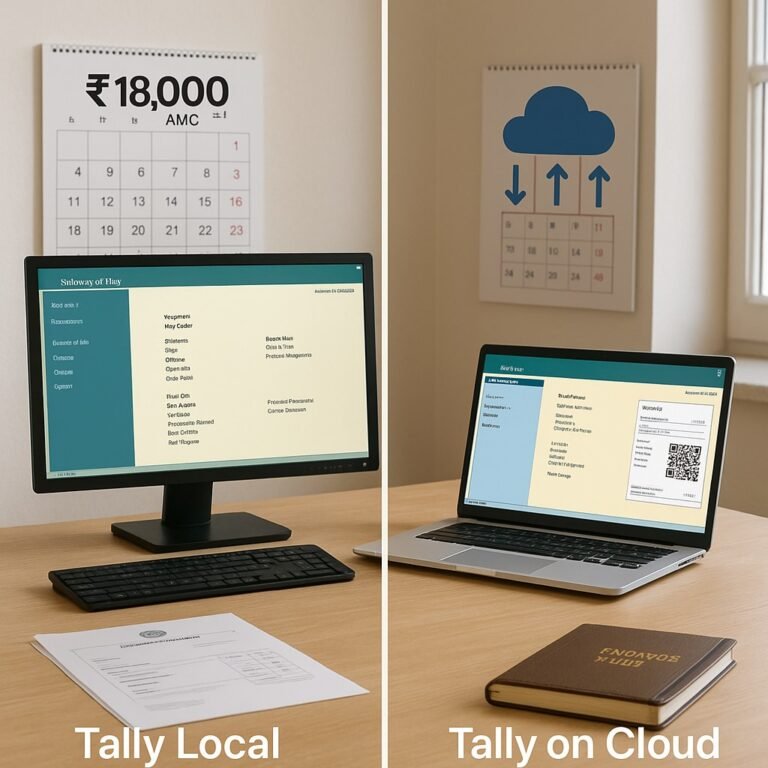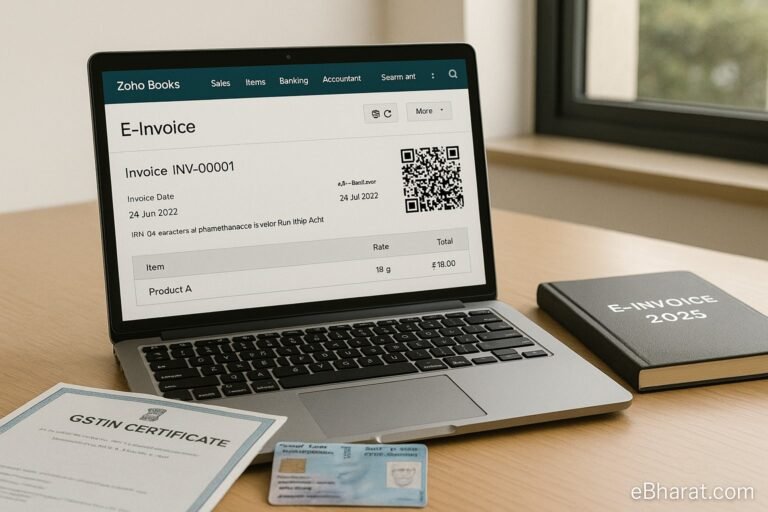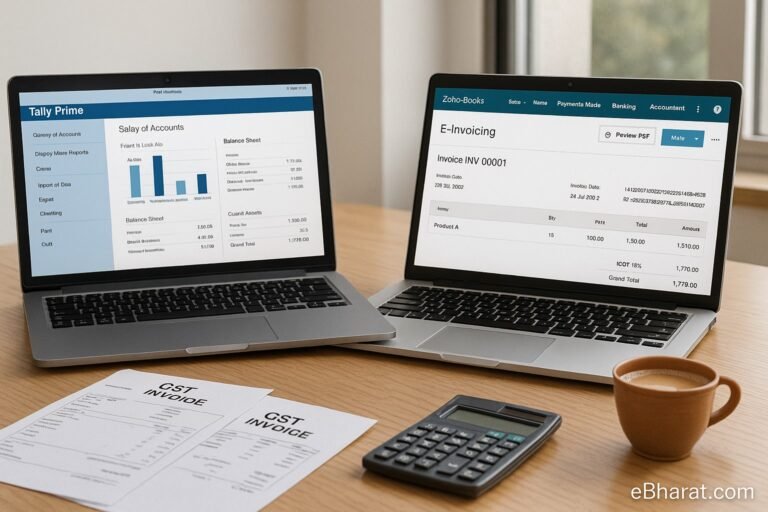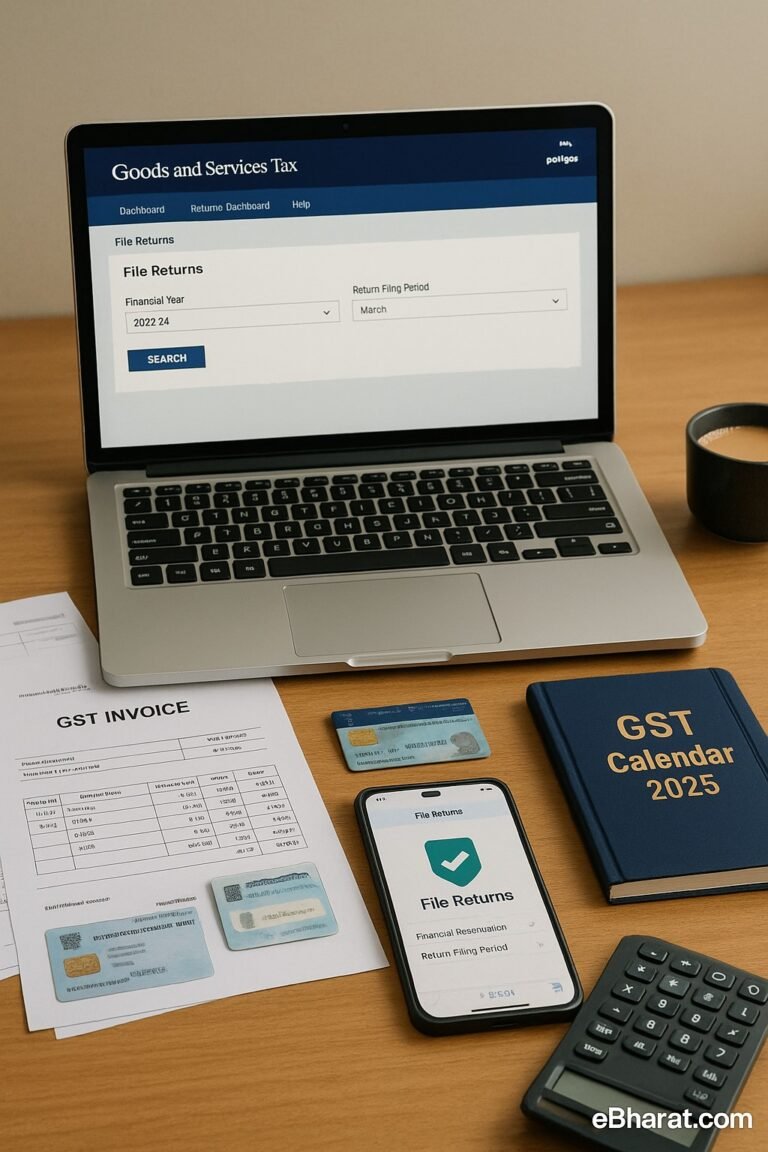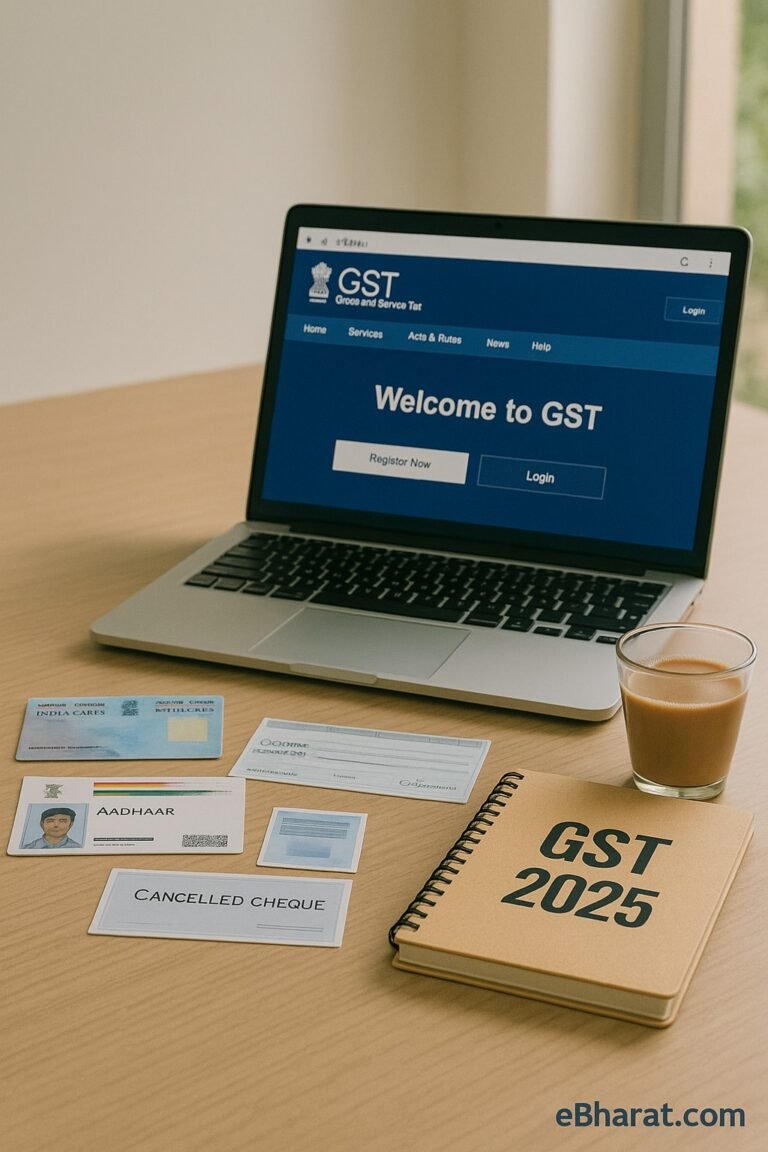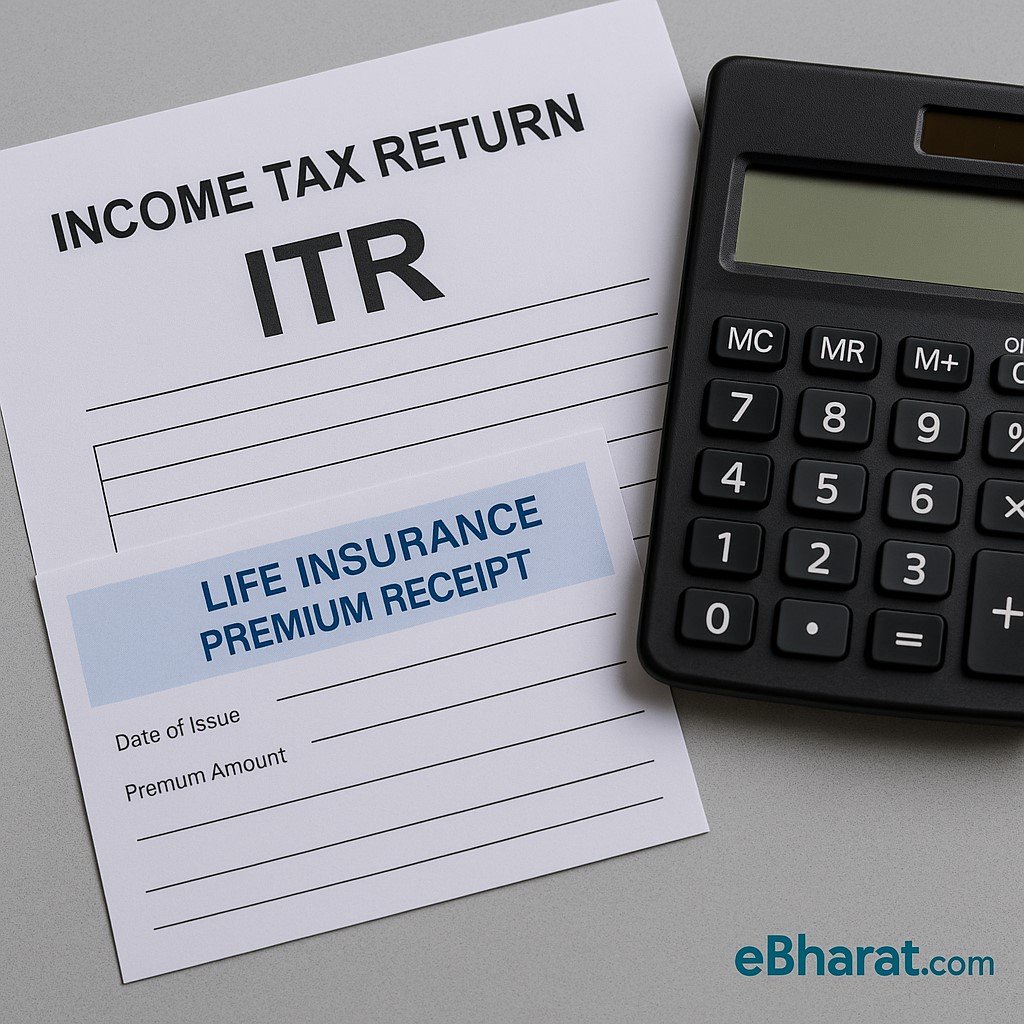
Section 80C of the Income Tax Act is one of the most popular tools for tax-saving in India. It allows you to claim deductions on certain investments and expenses — and life insurance premiums are one of them.
But in 2025, to actually enjoy the benefit, you need to understand the limits, conditions, and fine print.
Key Rules for Claiming Life Insurance Premium under Section 80C
| Rule | Details |
|---|---|
| Annual Limit | Combined 80C limit of ₹1.5 lakh/year across all eligible investments. |
| Eligible Policies | Term, endowment, ULIP, whole life, and pension plans from IRDAI-approved insurers. |
| Premium-to-Sum Assured Ratio | Premium must be ≤10% of sum assured (20% for policies issued before Apr 1, 2012). |
| Lock-in Period | If policy is terminated before 2 years (traditional) or 5 years (ULIP), deductions claimed earlier are reversed. |
| Who Can Claim | Individual for self/spouse/children; HUF for members. |
Tax on Maturity – Section 10(10D)
- Tax-Free Payout: Maturity proceeds are tax-free if the premium-to-sum assured ratio rule is met.
- Taxable Payout: If premium exceeds the limit, only death benefit is tax-free; maturity proceeds are taxable.
Example
Ravi pays ₹25,000/year for a term plan with a sum assured of ₹5 lakh.
- Premium = 5% of sum assured → eligible for full deduction under 80C.
- If Ravi surrenders in year 1, earlier deductions will be added back to his taxable income.
Pro Tips for Maximizing Benefit
- Don’t overpay premiums beyond 10%/20% ratio.
- Maintain policy for full term to avoid reversal of benefits.
- Combine with PPF, ELSS, EPF for full ₹1.5 lakh 80C limit usage.
Why It Matters
Many people assume all life insurance premiums automatically get tax benefits — but ignoring the fine print can lead to deductions being disallowed or reversed.
A tax-saving plan works best when you know the rules. Share this eBharat.com guide so more people claim Section 80C benefits correctly in 2025.
Internal Links:

